What if sugarcane is actually good for you?
We say sugarcane as opposed to sugar. Whereas sugar is an ultra-refined food derived from sugarcane, sugarcane itself is a plant, which contains much more than just sugar.
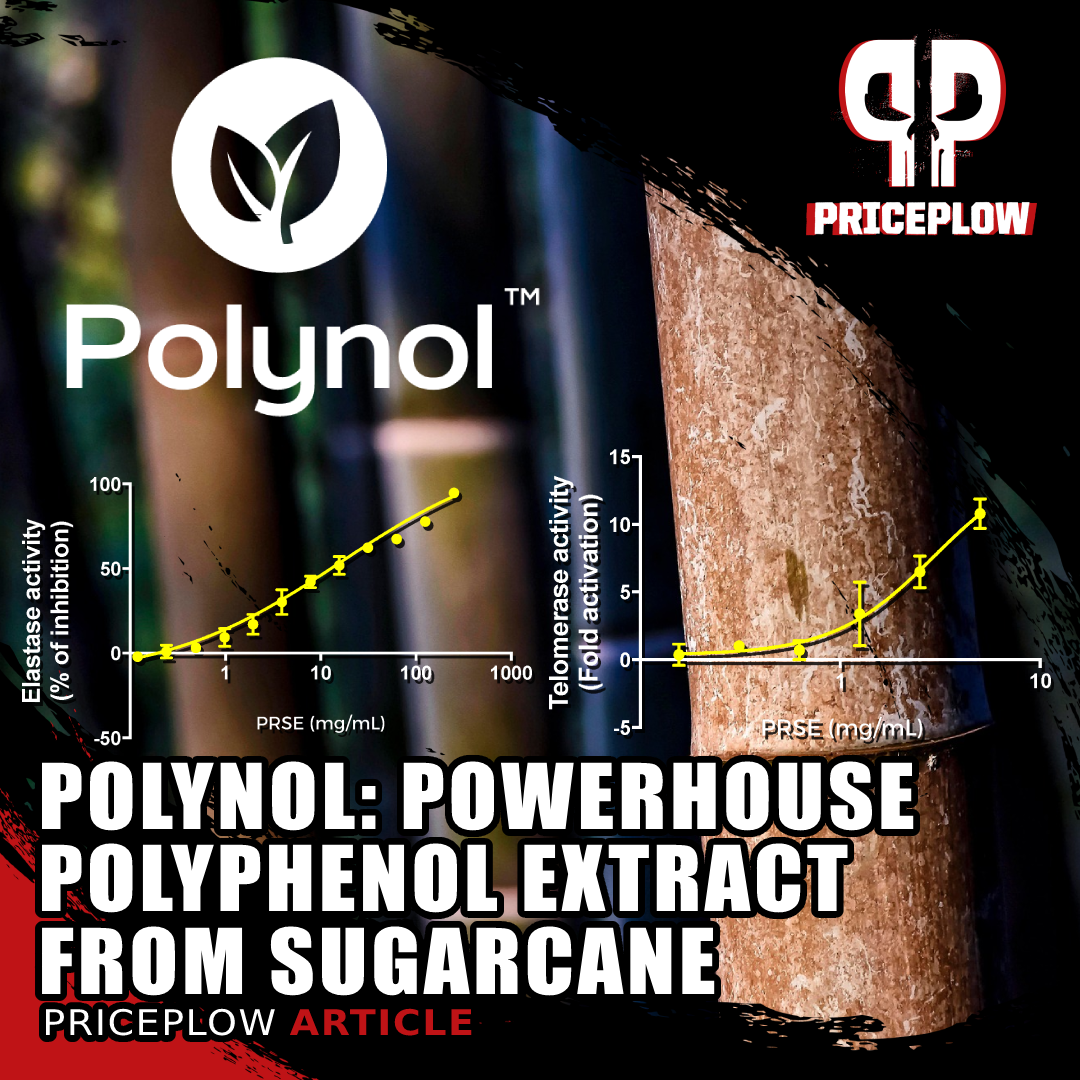
Sugarcane provides more than just sugar! Meet Polynol, a standardized polyphenol rich sugarcane extract from NutraShure that has anti-diabetic, antioxidant, anti-inflammatory, anti-aging, immune-boosting, and nootropic effects!
Sugarcane, like many plants, is full of health-promoting bioactive compounds. These include polyphenol antioxidants, which by now almost everyone in the industry knows are incredibly beneficial on a number of levels.
Introducing Polynol: Sugarcane Extract (Not Sugar!)
Today we're going to talk about Polynol (also referred to as polyphenol rich sugarcane extract or PRSE), a dietary supplement ingredient which, to our knowledge, is the first sugarcane extract standardized for the impressive polyphenol antioxidants that occur naturally in the sugarcane plant.
We cannot emphasize this enough: Polynol is not sugar. It is not a dietary carbohydrate and does not contain sucrose, glucose or fructose. It consists only of non-caloric bioactive constituents derived from the sugarcane plant.
Getting more specific, Polynol is designed to contain 15% polyphenol antioxidants by weight – 150 mg per gram. It's sold by the novel ingredient experts at NutraShure, a PricePlow sponsor who brought us the game-changing SmartPrime omega amplifier.
If you're reading this article, you've probably read several articles about the benefits of polyphenols, and may think you've heard it all before.
Even so, we believe that Polynol will exceed your expectations – this is one of the most amazing "do it all" ingredients we've seen in a long time. For one thing, it doesn't just contain polyphenols. As we'll see, there are a ton of other beneficial compounds in here too.
A breakdown of Polynol's science is below, but we'll also include a video to follow along as well. At the time of press, there are no North American dietary supplements containing the ingredient, but you can sign up for PricePlow's news alerts to get notified when new products are launched or research studies are published:
Subscribe to PricePlow's Newsletter and Alerts on These Topics
Polynol has several benefits, and many of them go into different use-cases / dietary supplement categories. Let's cover each one, but you can also scroll the table of contents to the right if you're looking for specific effects.
Note again that Polynol is a polyphenol rich sugar cane extract, referred to as PRSE in much of the literature. Thus, we use the terms Polynol, PRSE, and sugarcane extract more or less interchangeably.
-
Anti-Diabetic
Sugar is often singled out as the biggest controllable risk factor for type 2 diabetes – and for good reason. There's plenty of evidence that refined sugar can contribute to metabolic derangement.
But again, the sugarcane plant is full of potentially therapeutic bioactive constituents, and it appears many have anti-diabetic effects.
Inhibits dietary carbohydrate uptake, reduces glycemic response
In order for the sugar we eat to have an effect on our metabolic health, it needs to be absorbed into our bodies after we ingest it.
The specific mechanism our bodies use to do this is a class of proteins named the glucose transporters – e.g. glucose transporters 1, 2, 3, 4, and 5. These are abbreviated GLUT, as in GLUT2 or GLUT5.
The GLUTs are needed for the dietary carbohydrate we ingest to have any kind of metabolic impact. Without the GLUTs, we wouldn't be able to absorb carbs, and they would basically pass through us without having much of an effect on blood glucose levels.
Well, as it turns out, Polynol has this effect – it inhibits certain GLUTs,[1] thus preventing us from taking up some of the dietary carbohydrates we ingest. This reduces overall glycemic burden, which can have an anti-obesity effect.
That's exactly what was shown by a 2019 in vitro study that found Polynol dose-dependently inhibits GLUT2 and GLUT5,[1] two glucose transporters that are typically overexpressed in type 2 diabetes.[2]
GLUT5 is responsible specifically for fructose uptake,[3] which, if you buy the prevailing theory that excessive fructose is particularly harmful for liver and metabolic health, makes it an especially relevant mechanism for decreasing a person's risk of metabolic syndrome.
Sugarcane stalks provide far more than just sugar. Below, we show how polyphenol rich sugarcane extract has more antioxidant activity than ingredients like turmeric!
For this reason, a good deal of scientific research has been conducted to identify pharmaceutical GLUT2/GLUT5 inhibitors – they are thought to be potentially useful in mitigating the harmful metabolic effects of a high-fructose diet.[4]
That Polynol could do this isn't too surprising, since it naturally contains high concentrations of chlorogenic acid, caffeic acid, sinapic acid, syringic acid, vanillin, homoorientin, orientin, vitexin, swertisin, diosmin, apigenin, tricin and diosmetin,[5] many of which have documented anti-diabetic effects.[6-8]
If interested in the constituents, a 2022 paper titled "Sugarcane Straw Polyphenols as Potential Food and Nutraceutical Ingredient" has a great breakdown of the phenolic compounds inside (see Tables 1 and 2).[9]
Increases insulin sensitivity – especially in those at risk of metabolic derangement
Sugarcane extract can also help improve insulin sensitivity.
This was shown in a human study from 2016 – randomized, controlled, and single-blinded.[10] In a single-blind study, only the researcher knows which treatment the study participants receive, which helps eliminate any potential bias from the placebo effect.
Polynol is sold by Nutrashure, an ingredient distributor run by Brandon Sojka, a supplement industry veteran who old-time PricePlow readers may remember for formulating some incredible supplements with past companies.
The study design was simple: 38 healthy volunteers were divided into two groups, one that got sugarcane extract and another that got a placebo control. After receiving their prescribed treatments, both groups ate breakfast and researchers monitored the subjects' glucose and insulin response to the meal.
The results were striking: the sugarcane extract dose-dependently reduced the subjects' insulin response to the meal, with the high dose (22 gram) group showing a 14% lower area under the curve (AUC) for insulin[10] when researchers adjusted the data for the total carbs consumed by each subject,
The high dose group also had 23% lower peak insulin concentration than the placebo group.[10]
Here's the really interesting part:
"In the "at greater risk" groups, 8 g of FMC [the sugarcane extract used] causes a 19–20% reduction in peak insulin response compared to placebo, and a 14–15 % reduction in insulin iAUC. The reciprocal, potentially more insulin sensitive, groups essentially had little or no response to the 8-g FMC dose."[10]
In other words, even low dose sugarcane extract appears to significantly improve the insulin response in metabolically compromised individuals.
This makes Polynol a great potential anti-diabetic prophylactic ingredient, targeted for preventative use in populations at risk of metabolic derangement.
Or, as the researchers point out, it could be used to alleviate stress on pancreatic beta cells in diabetic patients.[10]
Although the precise mechanism of action has yet to be elucidated, the researchers propose that the combination of polyphenols in sugarcane is probably responsible – an assessment that we agree with.[10]
-
Antioxidant
Polynol is rich in polyphenols, flavonoids, and proanthocyanidins – the benefits of these antioxidant compounds are old hat for most in the supplement consumers and industry insiders alike, and we'll be discussing them in other sections of this article, so we won't dwell on them here.
Suffice it to say that consumption of foods rich in these antioxidant, anti-inflammatory compounds is linked to decreased risk of various cancers, cardiovascular diseases, diabetes, obesity, and neurodegenerative diseases.[11-13]
The incredibly high antioxidant capacity of Polynol
The antioxidant capacity of a food can be written a few different ways.
One is milligrams of gallic acid equivalence per gram (mg GAE/g). This is pretty self-explanatory: taking the powerful antioxidant gallic acid as a known reference, we calculate how many milligrams of gallic acid would be equivalent to a single gram of the food in question.
Outperforms turmeric, blueberries, and cocoa powder
Polynol has been shown to have a whopping 221 mg GAE/g, which is an incredible number. Just to put that in perspective, the mg GAE/g equivalence of turmeric is 27.54, and that of cocoa powder is 36.63[1] – both of which are widely accepted to be antioxidant superfoods.
Put another way, the antioxidant capacity of Polynol is almost a whole order of magnitude greater than that of turmeric.
When we use oxygen radical absorbance capacity (ORAC), a more common measure of antioxidant capacity that's probably more familiar to most of our readers, we see that PRSE clocks in at 18,837 ORAC, compared to blueberries at 3,141 and cocoa powder at 1,588.[1]
When a supplement – even a concentrated extract – blows turmeric, blueberries, and cocoa powder out of the water, you know that it's in the big leagues of antioxidant activity.
It doesn't quite measure up to green tea extract though, which has an ORAC of 34,819.[1]
So what makes Polynol special?
Activates endogenous antioxidant defense systems
Polynol PRSE contains high amounts of chlorogenic acid, caffeic acid, p-Coumaric acid, and vanillic acid among other antioxidants.[14]
When it comes to antioxidant activity, Polynol seems to be doing something a lot more interesting than just supplying the body with exogenous antioxidants: it can actually upregulate the body's production of endogenous antioxidants.
It's been shown to activate the nuclear factor erythroid 2–related factor 2 (Nrf2) pathway,[15] which is responsible for producing the antioxidants glutathione (GSH) and superoxide dismutase (SOD) among others.[16,17]
We're saying potentially because although the effects of Polynol on serum GSH and SOD levels have not been directly measured yet, it has been identified as a powerful Nrf2 activator:
"Our studies show that PRSE [i.e., Polynol] initiated strong Nrf2 activation in a concentration-dependent manner. At 62.5 μg/mL, PRSE nearly doubled the activation of Nrf2. When treating the cells with 500 μg/mL of PRSE, we recorded a strong, 50-fold of Nrf2 activation. A number of studies reported the capability of natural products in activating Nrf2 pathway... In a parallel study that we conducted, 50-fold of Nrf2 activation was induced by treating the cells with 15.11 μg/mL of quercetin, a phytochemical known to be a Nrf2 activator. Comparing with these findings, PRSE demonstrated to be a potent Nrf2 activator that induced up to 50-fold of Nrf2 activation."[15]
Granted, this is an in vitro study, so it's an open question what kind of effect size Polynol would have on Nrf2 activation in animals or humans – but it is an Nrf2 activator to some degree.
The takeaway here is that the total antioxidant effect of Polynol probably goes way beyond the measured ORAC or mg GAE/g, even if further research is needed to identify the extent of its ability to upregulate endogenous antioxidants.
-
Anti-Inflammatory
Just like Polynol can upregulate antioxidant defense pathways, so too can it downregulate pathways that produce inflammatory cytokines.
The same in vitro study found that Polynol can inhibit the production of tumor necrosis factor alpha (TNF-α), a cytokine and adipokine that triggers pro-inflammatory and obesigenic signaling cascades.[15]
Inhibits inflammatory response to lipopolysaccharide (LPS) endotoxins
A different in vitro study, conducted in 2018 on colon cancer cells, got similar results. When cells in this study were exposed to lipopolysaccharides (LPS), a known pro-inflammatory bacterial endotoxin, this exposure activated their TNF-α/Nuclear factor kappa B pathway, which ultimately increased their production of interleukin-8 (IL-8),[18] another inflammatory cytokine.
Subsequent treatment of LPS-exposed cells with sugarcane extract reduced their IL-8 levels by an impressive 30%.[18]
This is a potentially big deal – LPS toxicity is a major factor in human health and longevity. Generally speaking, a person's tolerance for LPS endotoxin declines with advancing age,[19] and the overall activity of endotoxin correlates inversely with healthspan and lifespan.[20]
In fact, a low burden of LPS endotoxin is consistently observed in healthy centenarians, and a high LPS burden is observed in heart attack patients.[20]
The scientific literature on the subject makes it pretty clear that repeated inflammatory cascades triggered by LPS exposure are a major factor in age-related degeneration, so if sugarcane extract can indeed blunt the inflammatory response to LPS, that's a major potential benefit.
-
Immunological Benefits
It appears that Polynol might also improve immune function, according to a 2021 in vitro study.[21] In this study, researchers studied how the application of Polynol to cultured monocytes (a type of white blood cell) affected their differentiation and function.
They found that Polynol can encourage the formation of certain types of monocyte that are actively anti-inflammatory, cardioprotective, and wound-healing.[21]
PRSE dramatically increased production of interleukin 10 (IL-10), one of the few anti-inflammatory cytokines
It also increased the proportion of monocytes that differentiated into macrophages – the immune cells responsible for clearing debris and pathogens, allowing damaged tissue to transition into a state of repair.[21]
This led to a decrease in the overall activity of interleukin cytokines, messenger proteins that cause inflammation associated with an immune response.[21] In other words, there was less inflammation in the cells.
The authors speculate in their conclusion that NF-κB signaling – a mechanism we discussed in the LPS study above – is probably part of Polynol's anti-inflammatory, immune-modulating effect.[21]
-
Neurological / Nootropic Effects
The same in vitro study we've just been discussing found the following benefits of Polynol application to cultured neurons:[15]
- Upregulation of EUROG1, NEUROG2, NTF3, and OLIG2 – genes that drive neurogenesis
- Reduced damage to neuronal mitochondria in the face of oxidative stress
- Inhibition of monoamine oxidase (MAO), an enzyme that breaks down neurotransmitters
- Inhibition of acetylcholinesterase, an enzyme that breaks down acetylcholine
Again, this is all from an in vitro study – these are compelling potential mechanisms.
Fortunately for us, we found one very well-performed animal study that corroborates these findings.
Ameliorates cognitive decline in mice
The study was carried out in 2020 on senescence-accelerated mouse prone 8 (SAMP8) mice. This is a genetic strain of mice that "spontaneously develops a multisystemic aging phenotype including pathological features of Alzheimer's disease."[14] The obvious utility of this is that using these mice, researchers can do controlled experiments on something approximating Alzheimer's – obviously difficult to do in humans.
The researchers divided 20 of these mice into two groups: one that got water fortified with dissolved sugar cane extract and one that got plain water as a placebo control.
They also had a third group, consisting of mice with a genotype closely related to SAMP8, but without the features of accelerated aging – these are called senescence-accelerated mouse resistant 1 (SAMR1) mice. The SAMR1 mice served as a healthy control baseline.
These groups received their prescribed water for 30 days. After that the researchers subjected them to a test designed to measure the cognitive ability of the mice, while continuing to administer the prescribed waters.[14]
Mice with the accelerated senescence genotype (SAMP8) showed markedly improved cognitive performance when given sugarcane extract (here denoted STEE, or sugarcane top ethanolic extract).[14]
This test is called the Morris Water Maze (MWM), and it's designed to measure spatial learning in rodents.
It works by placing mice repeatedly in a circular pool of water – 4 times a day over a 7-day period. The pool is divided into four quadrants, and in one of these quadrants, the researchers place a submerged escape platform that's too deep for the mice to see, but gives the mice a place to stand.
Over repeated tests, the mice have the opportunity to learn where this platform is. How quickly they locate it and how much time they spend in the "escape quadrant" is a way to quantify their cognitive performance.
As you can see from the inset graph, SAMP8 mice who got sugarcane extract found the platform significantly faster than SAMP8 mice who only got water.[14]
They also spent more time in the escape quadrant, and more time passing over the location of the escape platform,[14] which suggests they had a better spatial memory of where the platform was located.
What's really interesting is that although the sugarcane extract didn't stop the cognitive decline of the SAMP8 mice, it preserved their ability to learn. We can see this from section C) of the graph – the SAMP8 mice that got sugarcane extract improved their escape time throughout the test period, whereas the water-only SAMP8 mice did not.[14]
The researchers assessed the extent of hippocampal neurogenesis – the birth of new neurons in the hippocampus, which is largely responsible for spatial learning – and although they found some evidence of increased neurogenesis in the sugarcane-treated mice, this evidence did not achieve statistical significance.[14]
Much more interesting was the effect that sugarcane extract had on neurotransmitter levels in the brains of the mice.
Clear declines in neurotransmitter levels were observed in the SAMP8+water group, but not in the group treated with sugarcane extract.[14]
Accelerated senescence hit the water-only SAMP8 mice hard, with clear reductions in dopamine (DA), norepinephrine (NE), serotonin (5-HT), and acetylcholine (ACh).[14]
Losing any of this is not particularly good, but when it comes to ACh, the decline should be devastating for cognitive function. We often refer to ACh as the learning neurotransmitter on the PricePlow Blog because of how important it is for learning and memory – particularly memory consolidation, the process of converting short-term memories into long-term ones.
We think it's pretty clear that sugarcane's ability to almost completely restore ACh levels in the SAMP8 mice played a huge role in their ability to continue learning during the MWM administration period.
Importantly, these effects on neurotransmitter levels corroborate key observations made in the in vitro study we discussed earlier – this is strong evidence of MAO and acetylcholinesterase inhibition.
The authors of the study single out sugarcane extract's high content of caffeoylquinic acid, a polyphenol derived from caffeic acid, as one mechanism behind its ability to improve cognitive health and performance.[14]
-
Anti-Aging Skin Benefits
Oxidative stress and inflammation are known factors in skin aging – and polyphenol antioxidants have been shown to delay and improve skin aging by protecting skin cells against being damaged by these processes.[22]
The question naturally follows: could Polynol protect skin cells?
According to a 2020 study, the answer appears to be yes.[23] The researchers behind this study actually conducted two experiments: one in vitro and another in human subjects.
In vitro experiment
The in vitro experiment was conducted with cells from the HEK293T line – human skin cells.
This yielded a number of interesting findings:
Lengthens telomeres
Telomeres are repetitive sequences of nucleotides positioned at the ends of human chromosomes. They don't contain genetic information – rather, they are caps that bear the brunt of mutagenic damage, protecting the genes on the chromosome from being damaged themselves.[24]
Genetic damage is a major factor in age-related degeneration, so telomere length is often used as a proxy measure of a person's genetic age. The longer their telomeres, the more protected they are from genetic damage.
Polynol increases telomerase activity[23] - telomerase adds nucleotides to telemores and lengthens them.
When the researchers did their in vitro study, they found that treating the cultured skin cells with Polynol activated telomerase, an enzyme that adds nucleotides to telomeres, thus lengthening them.[23]
Lengthening telomeres is, in a crucial sense, reversing cellular aging – so right off the bat, that's a great sign for Polynol's potential to improve skin aging.
Protects skin cells from being damaged by ultraviolet (UV) light
We've all heard that sun exposure can prematurely age skin, and that collagen health is crucial for keeping skin looking young and healthy. The mechanism behind this is matrix metalloproteinase-1 (MMP-1), an enzyme that breaks down collagen and is activated by exposure to the ultraviolet (UV) light that partially makes up the spectrum of sunlight.[25]
The in vitro experiment found that PRSE can dose-dependently inhibit the expression of MMP-1 in skin cells exposed to UV, suggesting that it could have a photoprotective effect in humans.[23]
Tyrosinase inhibitor – sun spot prevention
The sun spots that tend to form on our skin as we age are actually concentrated melanin,[26] caused by overactive pigment cells.[27]
Fortunately for us, Polynol was shown to inhibit tyrosinase, an enzyme that's needed for melanin production.[23]
As a result, the melanin produced by the skin cells in vitro declined – suggesting the possibility that Polynol could actually decrease the age-related accumulation of sun spots.[23] This replicated successful results of a 2011 study, which also found antioxidant and tyrosinase inhibitory from desugared sugar cane extract (labeled as "DSE").[28]
Prevents wrinkle formation?
Elastase is an enzyme that drives the formation of the skin wrinkles associated with aging by breaking down elastic fibers in skin tissue.[29]
Again, PRSE was found to inhibit elastase, which could prevent the dermal damage associated with wrinkling.[23]
Clinical study
Polynol / PRSE inhibits elastase activity[23] - which drives wrinkle formation - on a dose-dependent basis.
Finally, the researchers carried out a small clinical trial to substantiate their in vitro findings.
In this trial, 10 test subjects applied a gel containing 5% Polynol to their faces for 12 weeks. The researchers measured the subjects' skin wrinkling, roughness, and pigmentation before and after the gel treatment.
By the end of the study period, skin roughness was reduced by 20%, wrinkle depth by 20%, and total pigmented area (i.e., sun spots) by 2%.[23]
-
Unpublished Effects from Internal Data
There hasn't been a ton of peer-reviewed research on the nutraceutical properties of Polynol specifically. In response NutraShure, the nutritional ingredient supplier selling Polynol, had the ingredient assessed by an independent third-party research firm that specializes in testing novel drugs and phytonutrients.
They determined that Polynol can potentially do the following:
- Activate adenosine monophosphate-activated protein kinase (AMPK)
- Inhibit acetylcholinesterase
- Inhibit cyclooxygenases 1 and 2 (COX1/COX2)
- Activate sirtuin1 (SIRT1)
We already covered the significance of acetylcholinesterase inhibition in the "neurological" section of this article, but let's briefly touch on the rest of these mechanisms and what they could mean for human health.
Also from NutraShure: Tilt the Omega-3:Omega-6 ratio back in your favor with NutraShure's SmartPrime-Om. This article takes an incredibly deep dive into the patent-pending novel ingredient that should be paired with every omega-3 supplement!
- AMPK Activation: We consider AMPK to be the "we need energy now" enzyme. When it's activated, it boosts numerous metabolic activities and initiates the breakdown of fat.[30,31] This mechanism is often seen in other reputable weight loss ingredients.
- COX Inhibition: The cyclooxygenases are enzymes that create inflammatory prostaglandins.[32] Many well-known anti-inflammatory drugs (such as aspirin and ibuprofen) and dietary supplement ingredients (such as curcumin) are COX-2 inhibitors.[33] As a dietary supplement with antioxidant potential, it's in good company to have similar mechanisms to curcumin.
- Sirtuin Activation: Sirtuins are proteins that are used as anti-aging markers -- they're used to regulate overall health and cellular activity.[34] Humans have seven sirtuins (SIRT1-7), which were named after the acronym "Silent Information Register".
SIRT1 controls mitochondrial regulation, tissue regeneration, stress response, insulin signaling, and more.[34] Thus, any ingredient activating SIRT1 may help promote cellular health and has some anti-aging potential. NMN is another popular ingredient/vitamin that does this.
Remember, the above activities are unpublished and based upon potential data, derived from in vitro experiments.
This means that although Polynol has been observed to have these effects in isolated cells, we cannot say for sure that it will have the same effects in animals or humans.
That being said, these are promising preliminary results.
What they mean for the industry is that there's a lot of unexplored potential in this ingredient – further research and application are needed before we can fully understand its capabilities.
Dosage and Formulation
Ongoing research is utilizing doses of 250 and 500 milligrams per day. Our current stance is to use 250 milligrams twice daily, in an AM/PM dosing schedule.
NutraShure has stated that the minimum required dose to use Polynol is 100mg, but higher doses will fare better.
Conclusion: Polynol belongs in every brand's repertoire... but where?
The peer-reviewed evidence on sugarcane extract is compelling to say the least. We rarely see supplements with such insanely high exogenous antioxidant capacity that can also activate the human body's endogenous antioxidant defense pathways. It seems to have potential in both oral and topical applications.
The biggest question is how supplement formulators are going to use Polynol - there are several directions it can be taken in. This seems to be one of those ingredients that every brand can use - regardless of their niche - it just depends on how they'll use it. One company may put it into their anti-aging or skin care formula, another into a blood sugar control supplement, and still another may use it in a nootropic! We would even be curious to see it as an alternative to choline sources in pre-workout supplements.
We're excited to watch Polynol make its way through the supplement community - it seems extremely beneficial - and we'll keep this article updated with new research and supplements that are using it. You can subscribe to our Polynol and NutraShure alerts below:



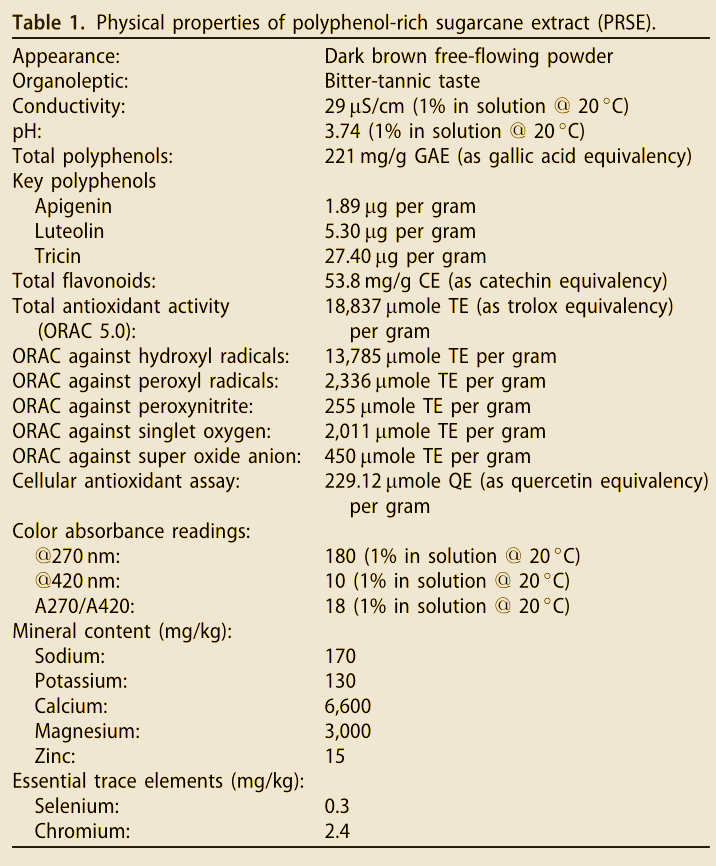

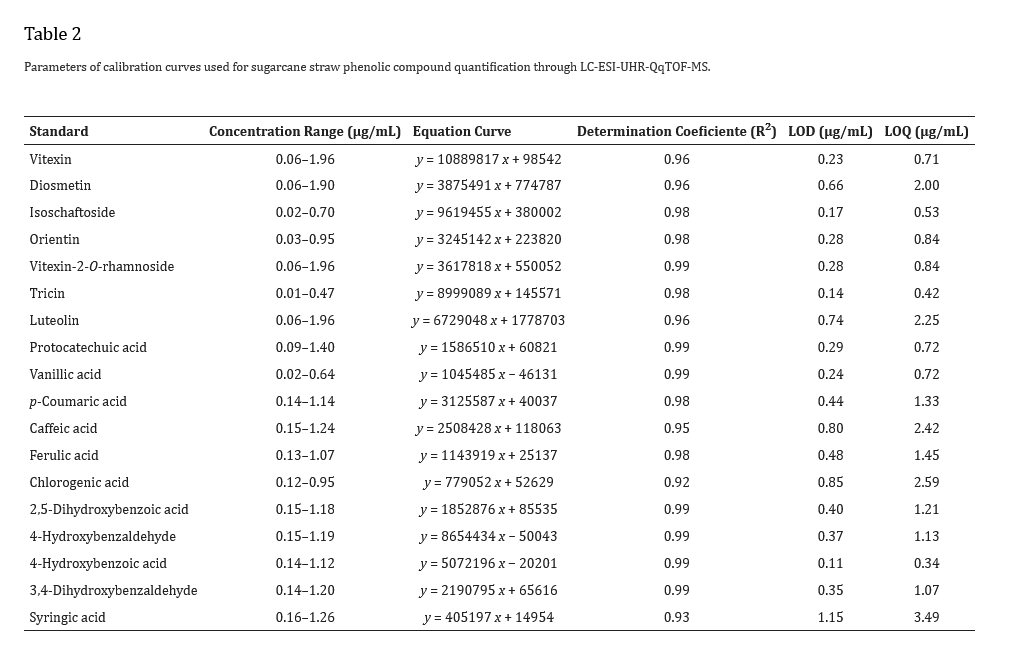

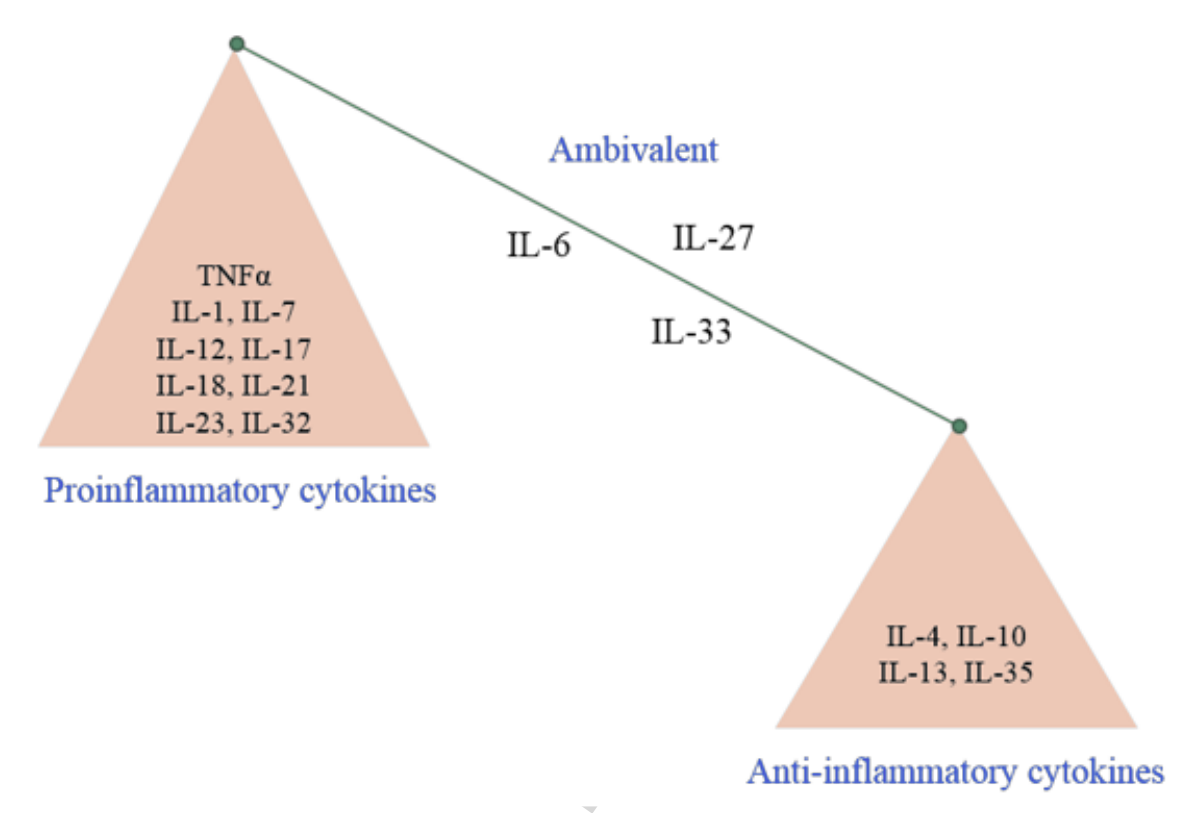
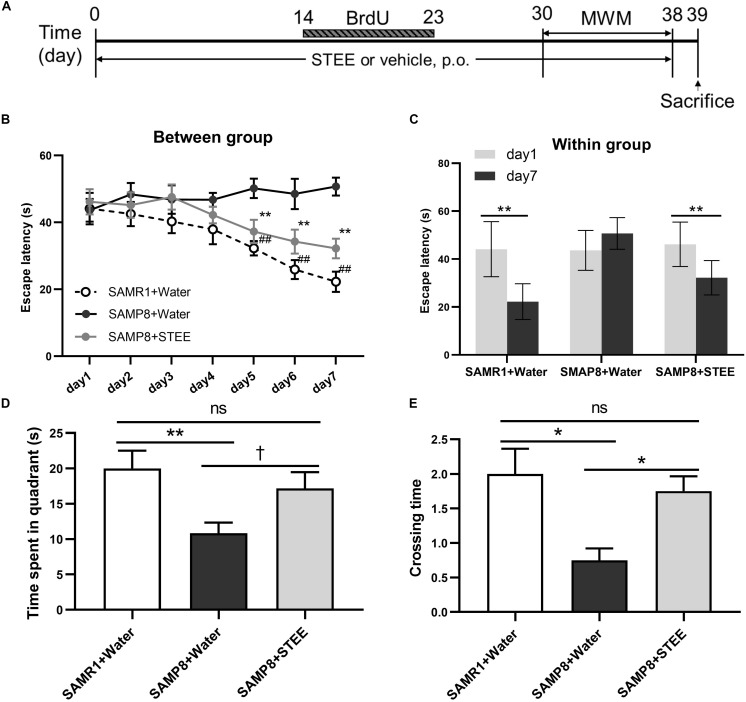
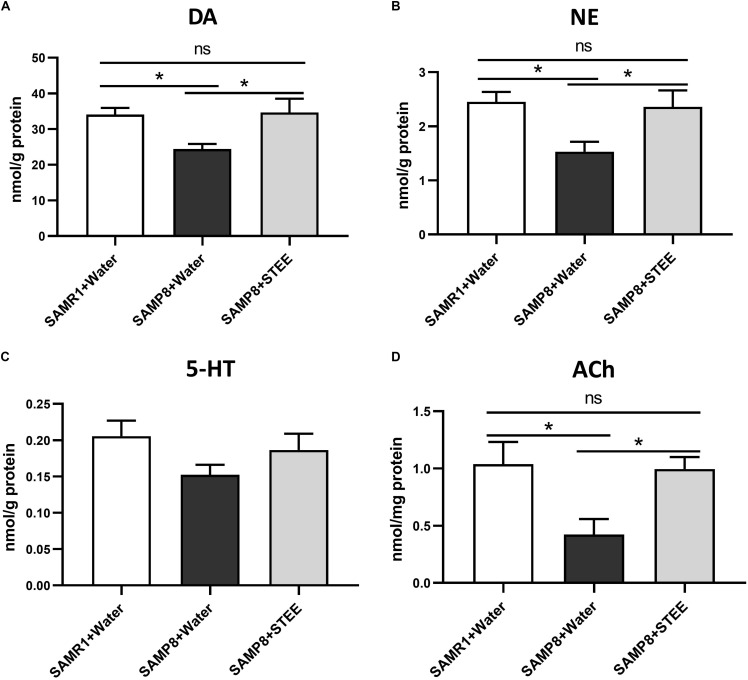
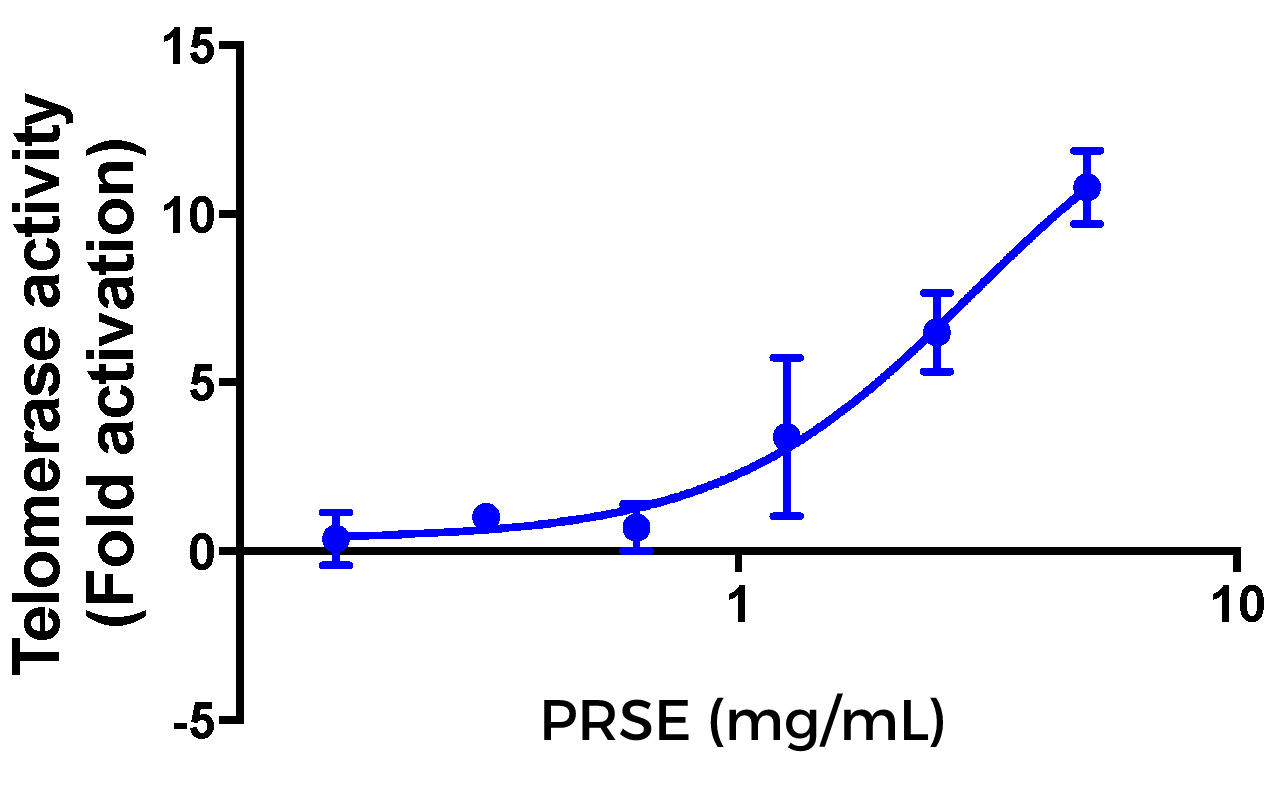
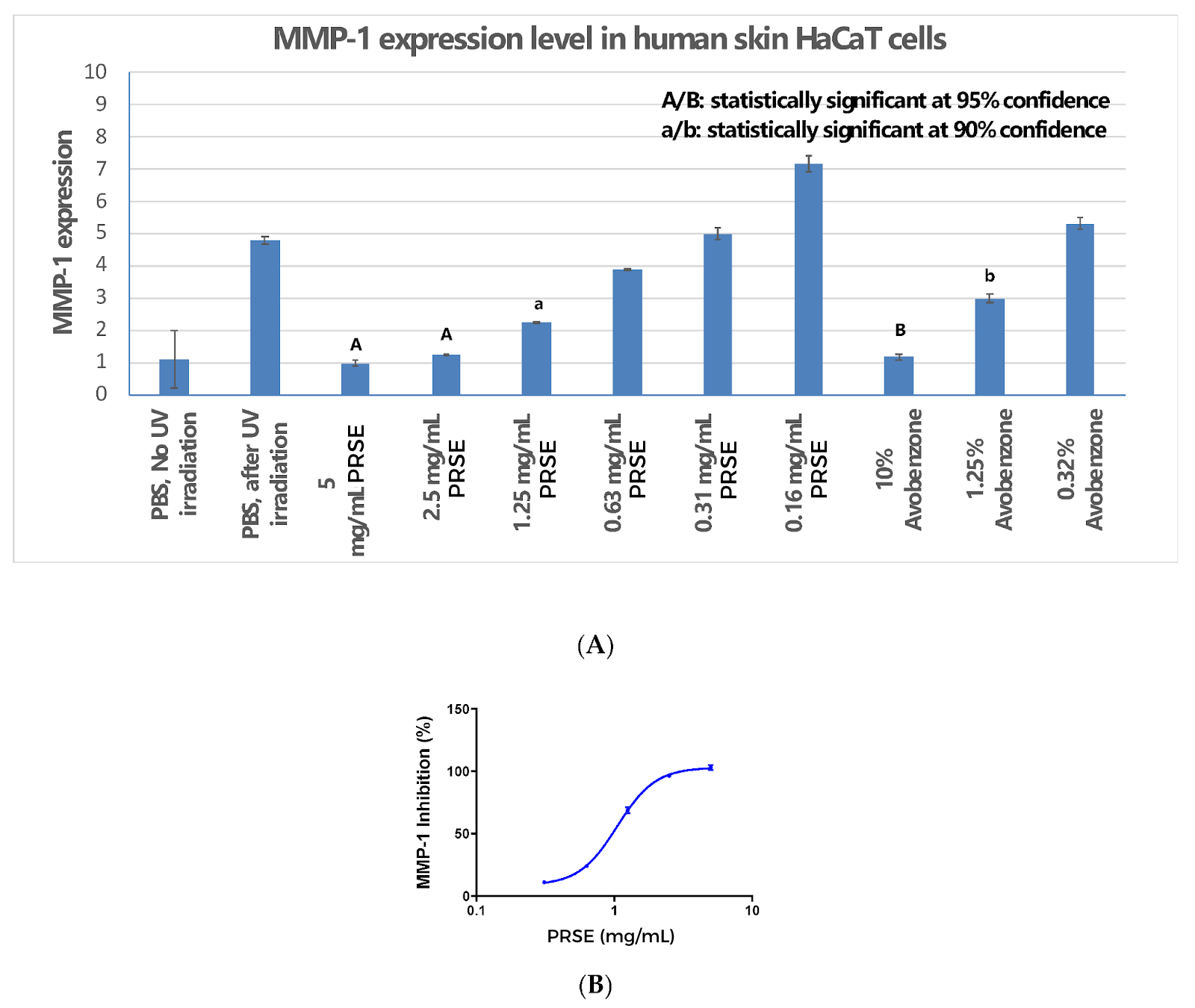
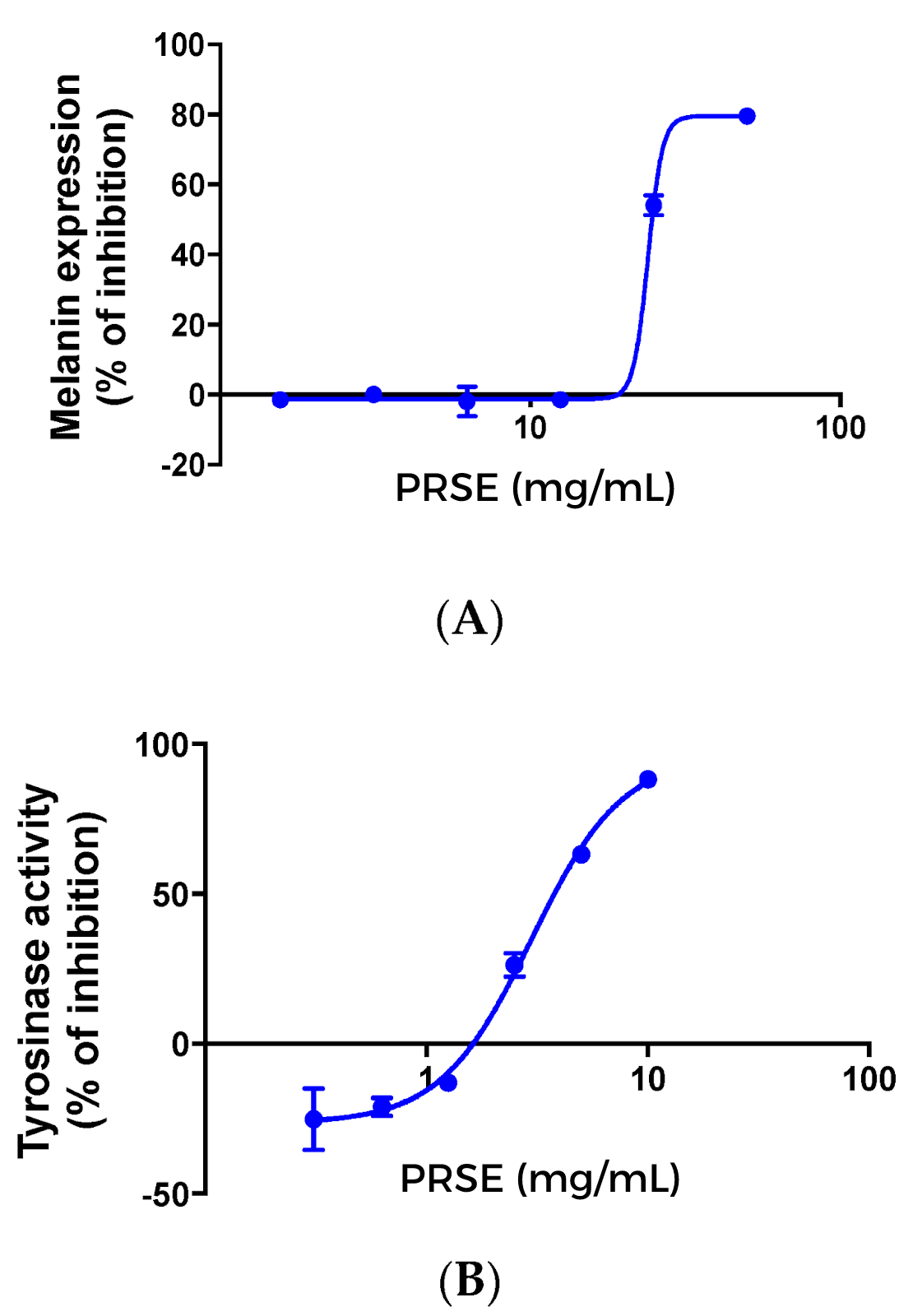

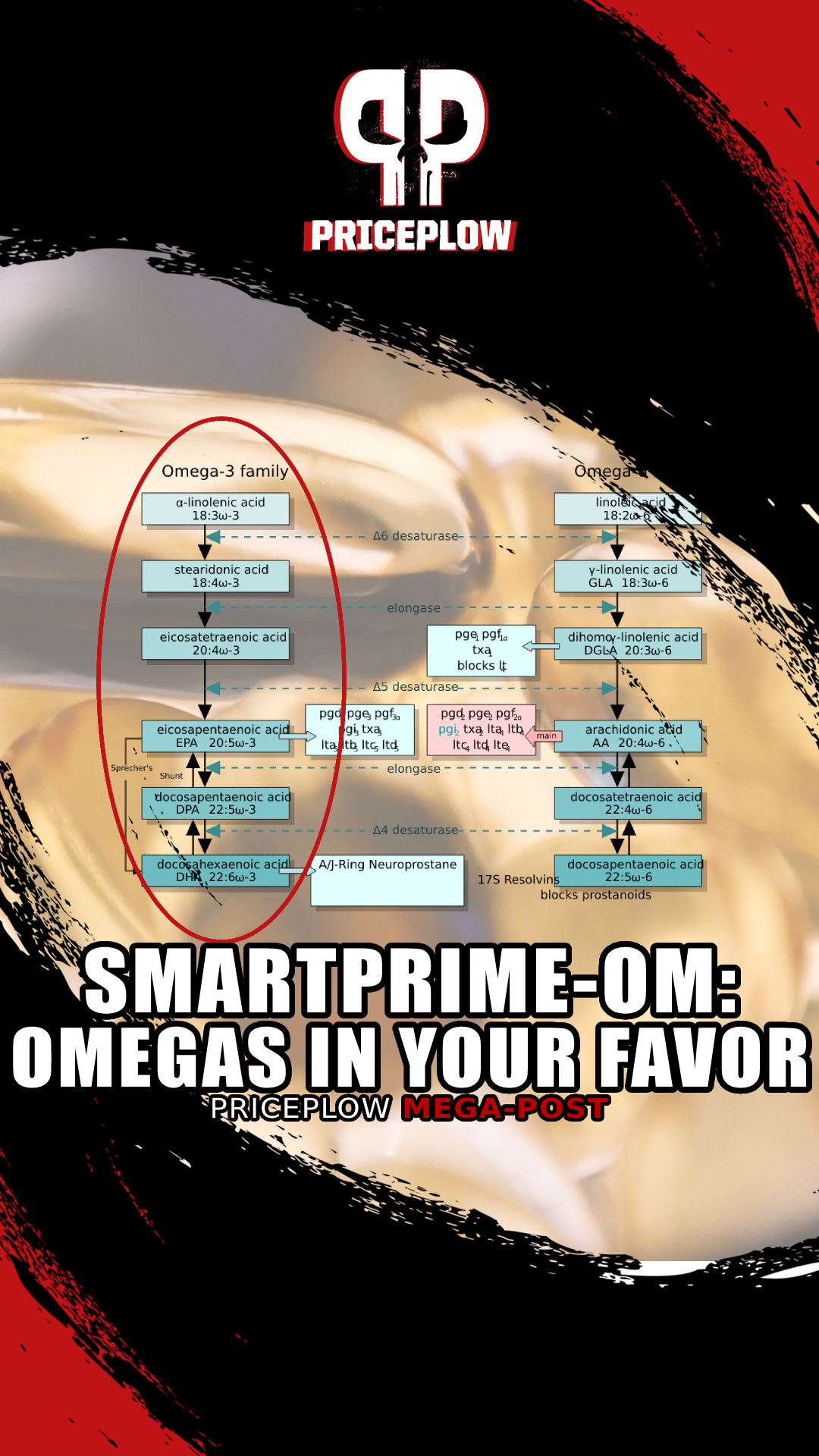
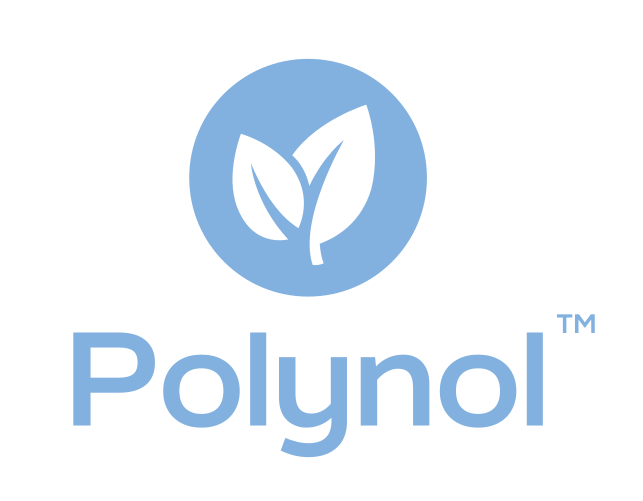


Comments and Discussion (Powered by the PricePlow Forum)